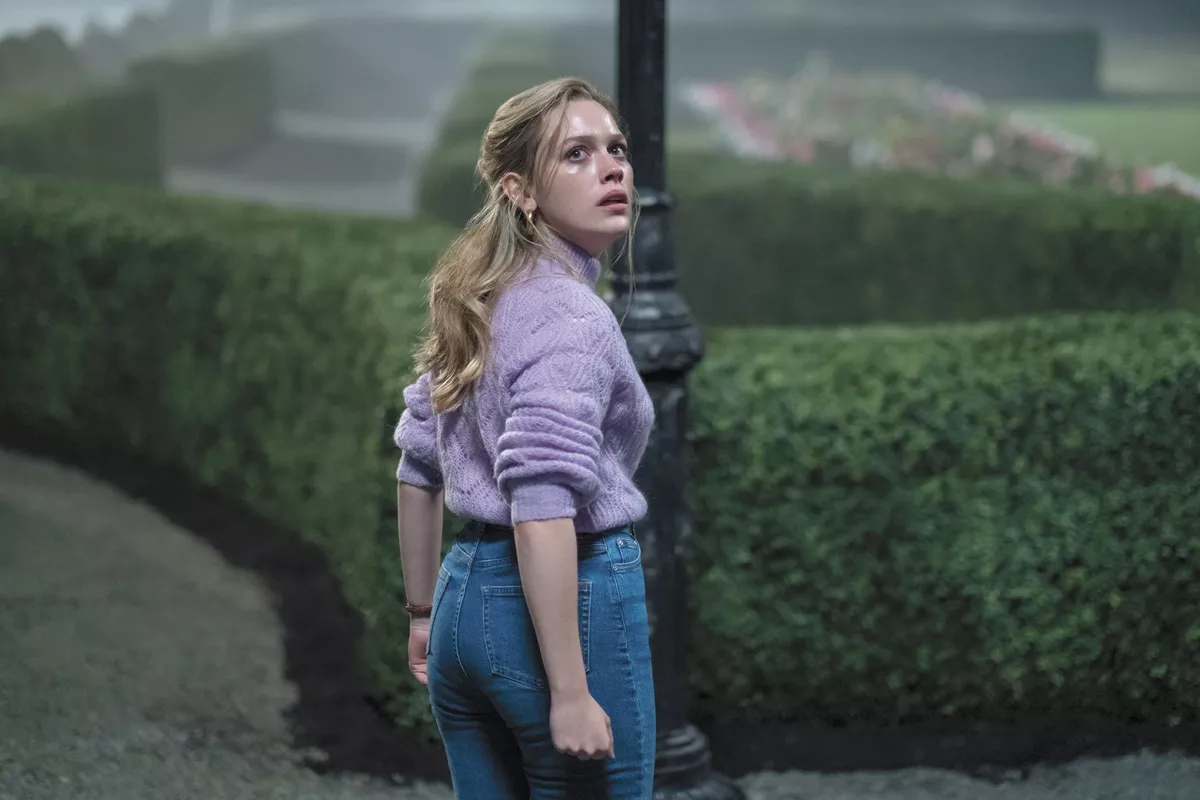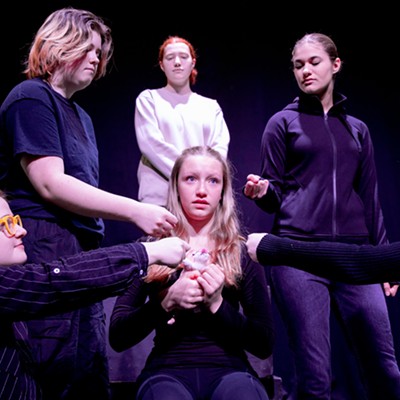There are books that are heavy on subtext, and then there's... Henry James.
If you've ever read The Turn of the Screw, you probably walked away from it ready to Google what happened but not even knowing the right search terms. (Asking for an ending to be explained is all fine and good and Googleable, but what if you're not even sure the story did end?)
Taking as his source material an author who seems to only write subtext, Mike Flanagan had his work cut out for him with his new Netflix series The Haunting of Bly Manor. Of course, this isn't Flanagan's first time working backwards from the shadows of popular horror fiction to the material shapes that he imagines must have cast them. He took on Gerald's Game, arguably Stephen King's most elusive novel, and Shirley Jackson's The Haunting of Hill House. Even when he's not working with direct source material from authors, he's producing narratives that center on novelist protagonists, like he does in Hush.
With Bly, Flanagan answers almost every question James' work asks. Where James left looming doubts, Flanagan fills in character backstories, causes of death, direct dialogue. This works better here than it did with Hill House, because in that case, he didn't so much probe questions as he applied white-out to established answers and rewrote wishful thinking in a thick layer of Sharpie on top.
Still, if you are looking for a direct adaptation, it's best to adjust your expectations. Flanagan takes from James's work like a palette of watercolors: loosely and liberally. When the new colors blur with routine conventions that follow the filmmaker from project to project, the shade must be experienced as its own separate, free-standing creation.
Experienced, also, like a watercolor painting: moody and sprawling and likely to make you cry as much as it makes you jump.
In the opening credits, portraits of the cast members are shown, first accurately, and then with their eyes erased. From here on out, the show straddles the boundaries of visibility, tangibility and linearity.
In this sense, the series remains true to the spirit of The Turn of the Screw. As much as the plot is saturated with explanations that would be alien within Henry James's ambiguity, it maintains an undercurrent of mystery, longing and disgust that will be familiar to fans of his work. For the best experience, unfocus your eyes. Resist the urge to locate an outline that might not exist, an answer you might not really want to understand. ♦






















